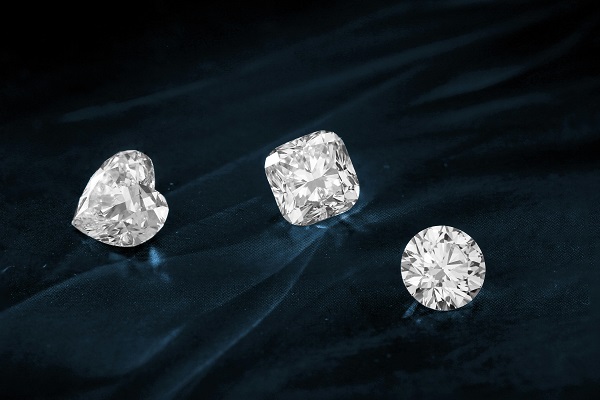Thinking about getting yourself some loose diamonds as future investment or getting it made into jewelry pieces later? Well, don’t just go for sparkles as diamonds are much more than that. It is about trust, authenticity, and being sure that what you have is exactly what was sold. GIA certified loose diamonds are the proof of quality and ingenuity you are seeking out. GIA is the most trusted grading system in the world. These diamonds are more than just stones.
What Does GIA Certification Mean?
The preeminent source of authority on diamond grading is the Gemological Institute of America (GIA). The GIA grades diamonds, not sells them. When diamonds are classified as GIA certified diamonds, this indicates it has properly been examined by qualified gemologists. The carat weight, cut, color, and clarity, have all been closely measured. It comes with a report that cannot be embellished or changed. Think of it as the passport for the diamond, scientific identification that is globally respected.
GIA Certified Loose Diamonds: The Importance of the 4Cs
The four Cs are the basis of every GIA report:
- Cut: Light is what gives a diamond its brilliance. A well-cut diamond will reflect and refract brilliant light. The desirability and value of a diamond is created by its beautiful sparkle.
- Color: A diamond has a color, depending on the natural tint it has, especially in white or fancy-colored diamonds. The tint should be as unobtrusive as possible. The less tint a diamond has, the cleaner, more appealing, and more valuable it appears.
- Clarity: Clarity rates the presence of external or internal imperfections, consisting of inclusions, cracks, or spots. A clear diamond guarantees maximum brilliance and a flawless appearance.
- Carat: A carat is weight, not size. Larger diamonds are rarer than smaller diamonds, but higher carat weight does not automatically mean better value. Brilliance still depends on cut and clarity which classifies a diamond in all ways.
When you combine the four Cs, you will get a full picture of quality. These grades are the global standard that comes with GIA certification; they are more than a numerical value.
How does the GIA Loose Diamonds Certification Protect Buyers?
Different Gemological Laboratories may grade diamonds differently. Some labs grade diamonds on the forgiving side, which may be advantageous to the higher pricing of a stone. GIA grading is the benchmark that each diamond has to meet. For loose diamonds certification and grading by the GIA you will get:
- An objective evaluation.
- An internationally respected report.
- Protection against misrepresentation.
For these reasons, the GIA is trusted by jewelers, collectors, and ordinary consumers. The GIA means there is no grey area with a diamond purchase.
GIA Certified Diamonds: Making the Right Choice
Buying a diamond is both a science and an art. You may feel comfortable buying something because the certification provides the specifics you need, like cut, color, clarity, and carat weight. That said, you ultimately are making the decision with your heart and eyes, not just the paperwork. When you choose GIA certified loose diamonds, you’re choosing a diamond based on your personal preference, not exclusively its technical specifications. It is a combination of trust and beauty, knowledge and emotion.
Share this blog about GIA certified loose diamonds with your friends.
FAQs
1. What does it mean for a diamond to be GIA certified?
It means that the diamond has been assessed by the most respected laboratory in the world, the Gemological Institute of America.
2. Why buy loose diamonds that are certified?
You must buy certified loose diamonds, so you can inspect the stone and also verify its value.
3. Is GIA certification better?
Yes, the most reliable option is GIA because it sets the world standard for diamond grading.
 WhatsApp Us Now
WhatsApp Us Now


 Get Lifetime Guest Post Access for Just ₹499 / $5 - One-Time Payment. Get account before payment.
Get Lifetime Guest Post Access for Just ₹499 / $5 - One-Time Payment. Get account before payment.